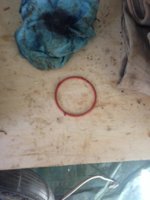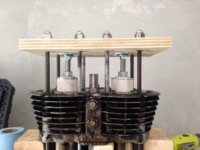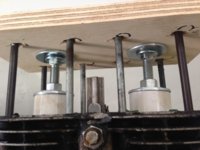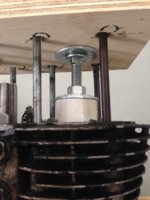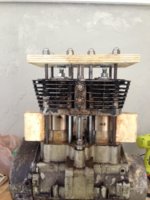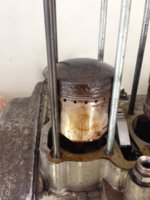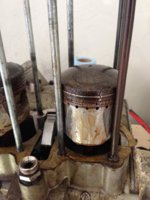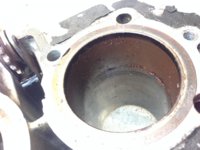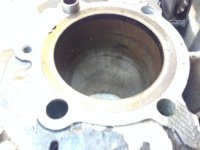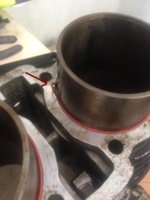theDQG
XS650 Addict
Now we know why the camchain gave you such a hard time.
You didn't remove the camchain tensioner...
Funny, I went back to read up on this- the Yamaha combined service manual says nothing about this step, but the Clymer's does. Go figure.
Although the service manual does include breaking the chain as a step in the disassembly, so maybe that's why?

 You will have to block them up with wood sooner or later,the crank will hit BDC long before the pistons come out of the bottom of the cylinders.
You will have to block them up with wood sooner or later,the crank will hit BDC long before the pistons come out of the bottom of the cylinders.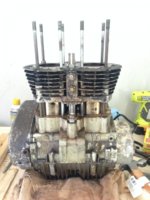
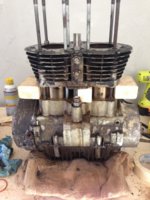
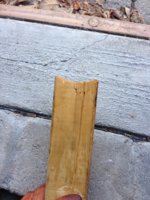
 Where did it come from?
Where did it come from?